American Pika (Ochotona princeps)
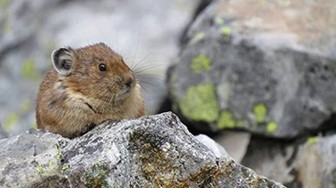
Members of the rabbit family, theses adorable little critters are about the same size, shape, and color of baked potatoes with ears. Pikas live above tree line in crevices on talus (loose rock) slopes and in crevices in rocky cliffs. They eat grasses and other plant material that they harvest during the growing season and store in big piles near their dens. They communicate with whistles and squeaks that sound like a dog’s squeak toy.
See also: Front Range Pika Project
Mountain Cottontail Rabbit (Sylvilagus nuttallii)
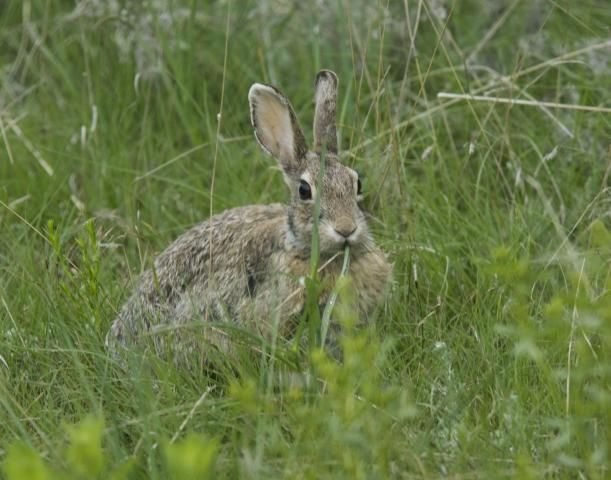
Mountain Cottontails are our local bunnies. Recognized by their round white “cotton” tails, they weigh in at 1 ½ to 2 ½ pounds. They are greyish brown with relatively short, rounded ears tipped in black. They eat grasses and tender bushes in summer and bark and twigs in the winter.
For more information about Mountain Cottontail Rabbits, go to:
The Animal Files
Snowshoe Hare (Lepus americanus)
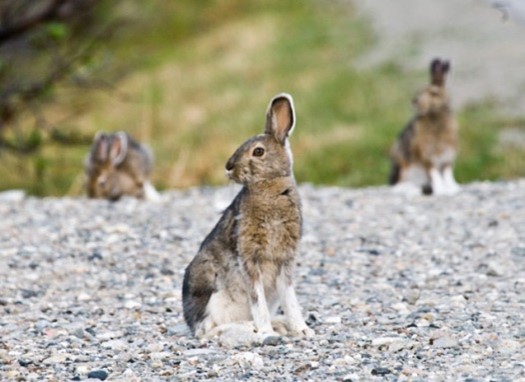
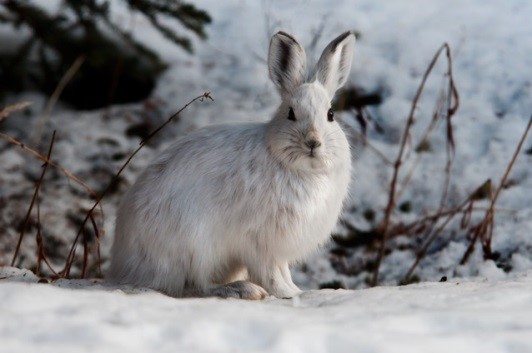
Snowshoe Hares live in the higher elevations. They have shorter ears than jack rabbits, and short tails. Their large hind feet act like snowshoes, helping them stay on top of snow. Fur on their feet provides both insulation and traction. They are sometimes referred to as Varying Hares because their coats vary from brown in the summer to white in winter. They are nocturnal, spending their days hidden in dense shrubs. They can run 27 miles an hour and leap 12 feet in a single bound!
For more information about the Snowshoe Hare go to: Snowshoe Hare (National Park Service)
Also worth knowing: Wondering about the difference between a rabbit and a hare? To find out, go to: What’s the Difference Between Rabbits and Hares? (National Geographic)
White-tailed Jackrabbit (Lepus townsendii)
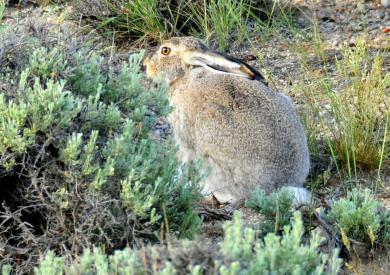
White-tailed jackrabbits are typically found in open grasslands, forests, pastures, and fields. They are nocturnal so even though they are present in lower elevations of the Bear Creek watershed, they are rarely seen. They can run up to 35 miles an hour and bound 16 feet in a single leap! They have enormous ears, acute hearing, excellent senses of smell and excellent eyesight.
For more information about White-tailed Jackrabbits, go to:
Colorado’s Small Mammals